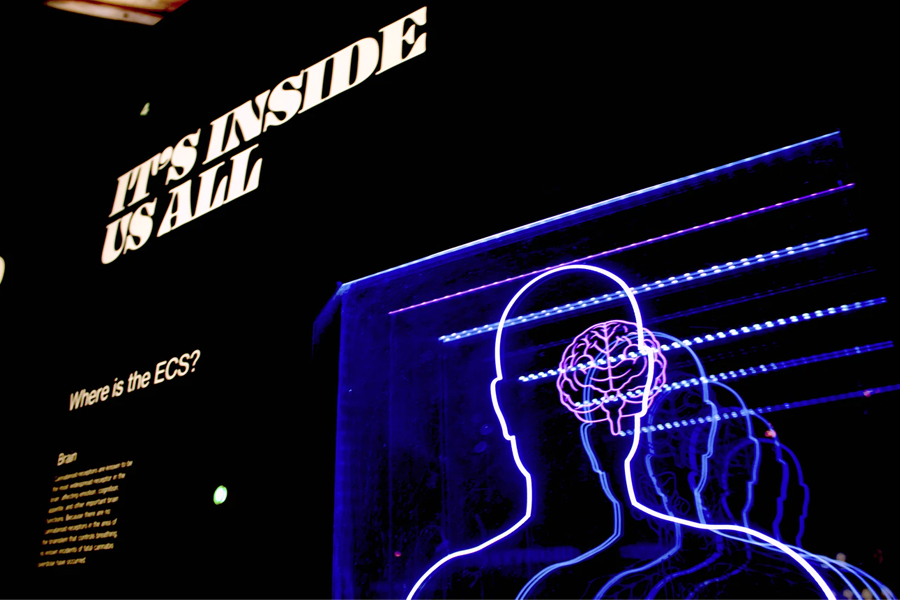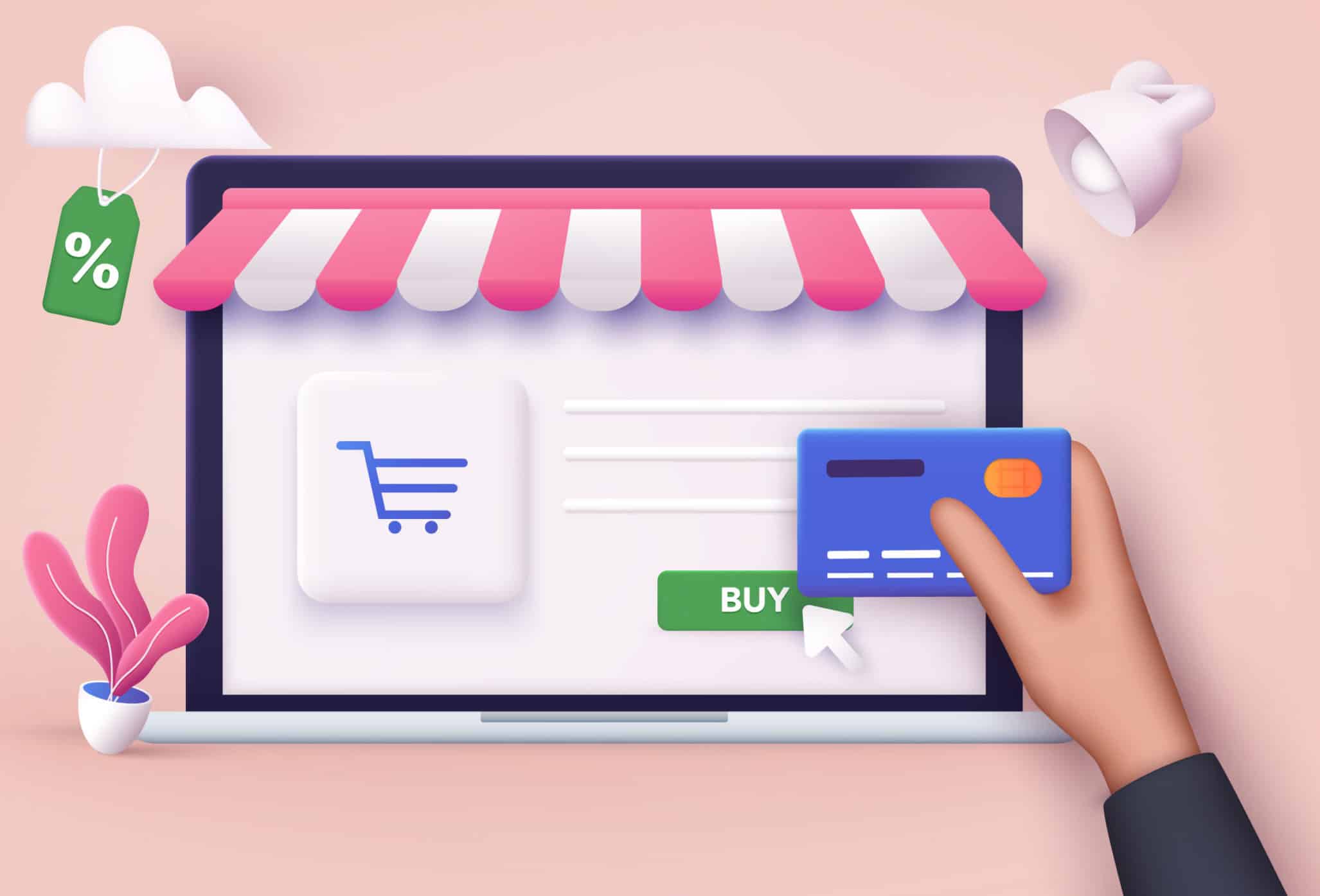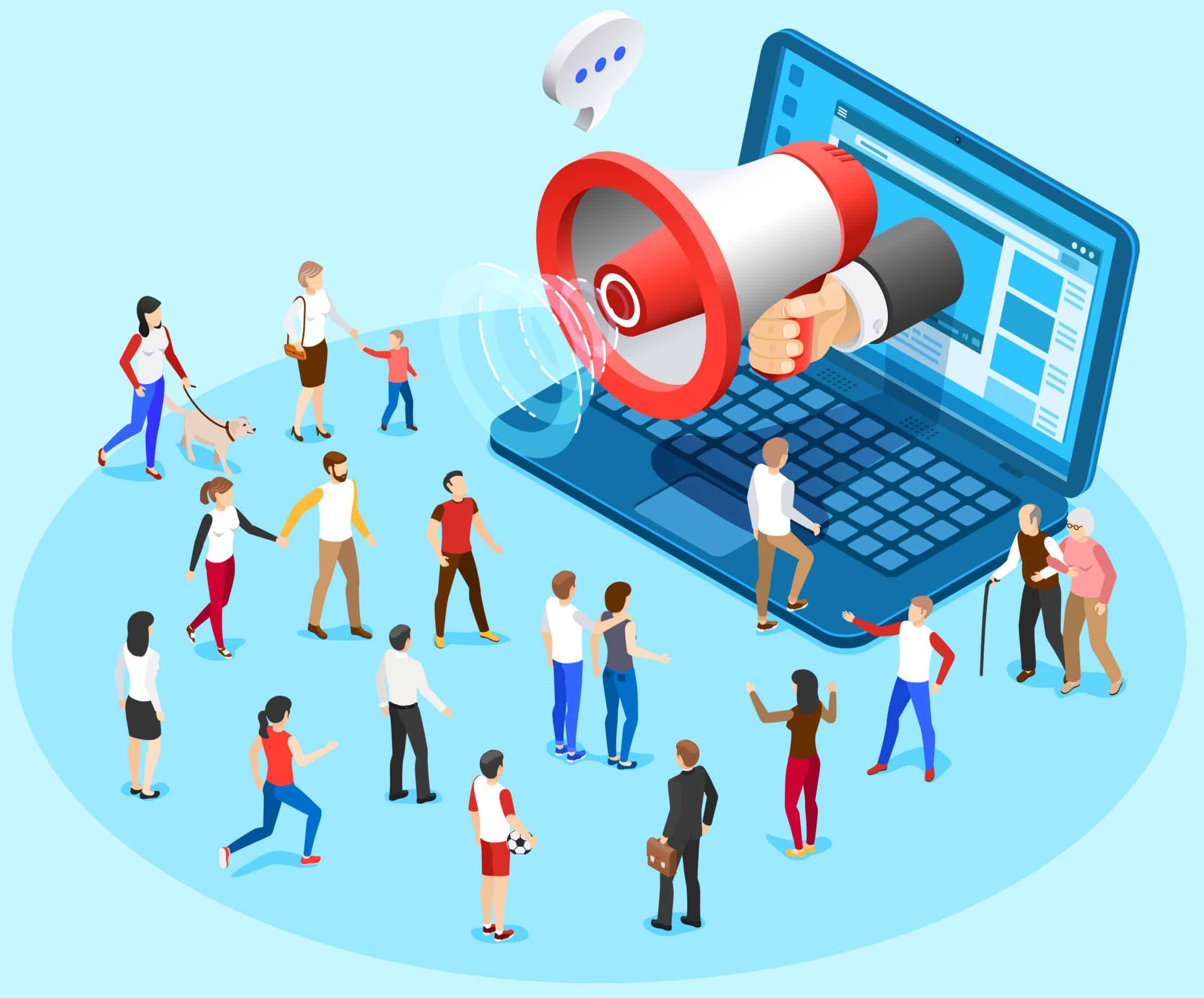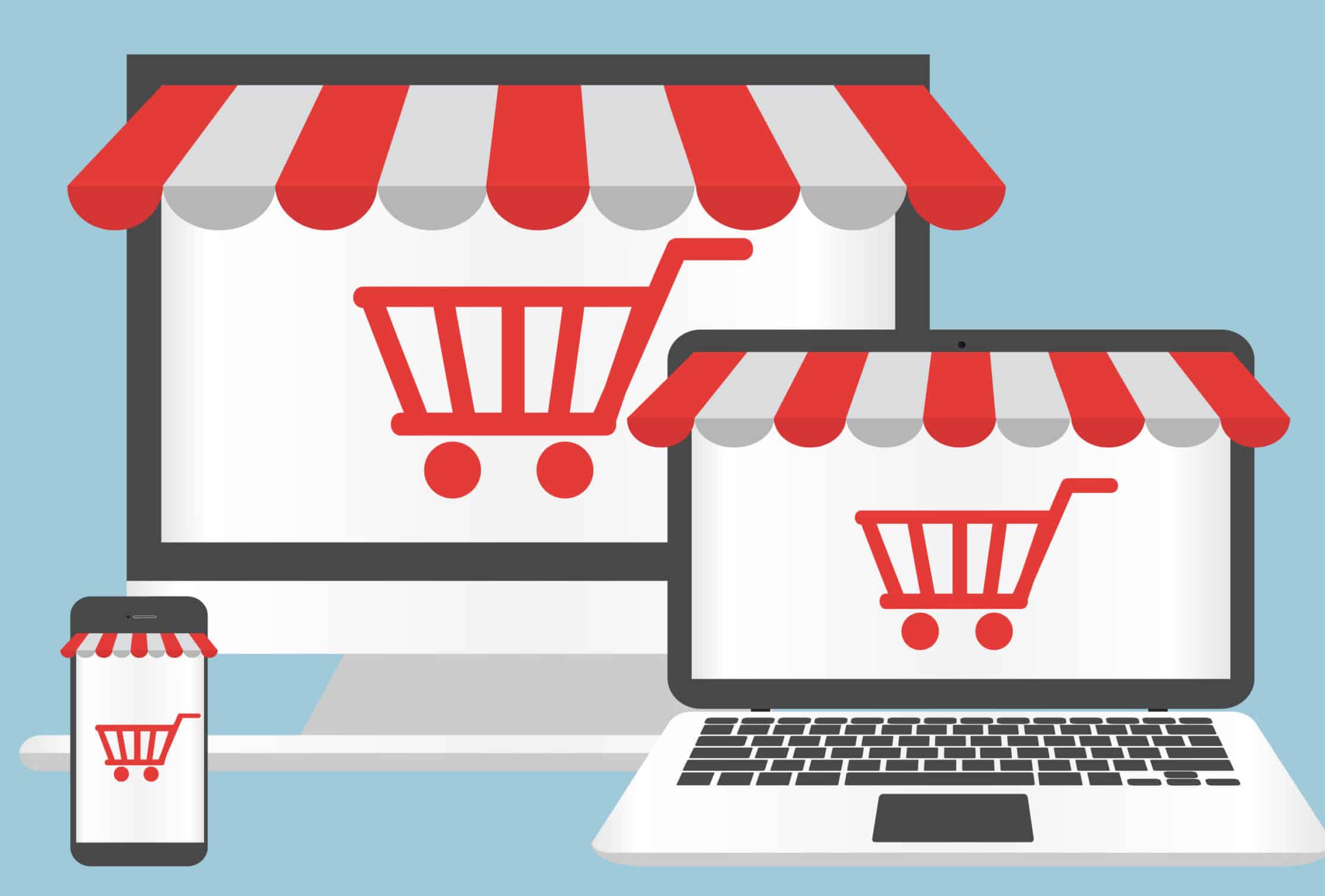Selling online revolves around marketing psychology. Over the decades, research has unveiled numerous patterns into what makes customers tick. This research is used extensively by all big corporations – Starbucks, McDonalds, Nike, Coca Cola – but it is equally important for online models.
If you have not learned these 9 core psychological principles, then you are missing out, and your sales could suffer! Consider ways you can integrate these into your online store – they can really boost profitability and revenue when successfully implemented.
Before we look at the biases, let’s take a look at what a cognitive consumer bias actually is.
What‘s a Cognitive Bias Anyway?
A cognitive bias is essentially a mistake in reasoning, due to the way that the human mind operates. We like to think we are in complete control, but scientific research (strongly) indicates otherwise. The fact is that we are largely not in control of our purchasing decisions, habits or behaviours. We are influenced by our subconscious biases to a massive extent. To borrow a definitive of a cognitive bias from Chegg Study:
“A cognitive bias is a mistake in reasoning, evaluating, remembering, or other cognitive process, often occurring as a result of holding onto one’s preferences and beliefs regardless of contrary information. Psychologists study cognitive biases as they relate to memory, reasoning, and decision-making.”
This article will look at the major cognitive biases to give you an idea of how they can influence buying decisions. This will benefit you greatly while setting up an online store. They are among the best ways to increase profitability, for reasons outlined below. Many of them (such as the Decoy effect) are actually free to implement.
Now that you have an idea as to what a cognitive bias is, let’s look at the 9 major cognitive biases affecting consumer decisions. Keep in mind that many of the principles are inter-connected and can spill into each other, to a degree.
#1 – The Exposure Effect
Regardless of what the product is, consumers are more likely to buy a product the more they are exposed to it. The first study was undertaken by Zajonc in 1968 and has been replicated many times. The more that a customer is exposed to a product, the bigger the increase in positive affinity. In sum, consumers get more comfortable with exposure, and are more likely to convert.
This is the basis of all advertising. The more time the customer spends on a site, the more likely he or she is to make a purchase. The more time spent in a physical store, the more money tends to be spent. It’s why Nike spends so much money advertising its products at running events.
Over time, people come to associate Nike with running. And they then spend lots of money buying expensive running shoes because of the Exposure Effect (which is sometimes referred to as the Familiarity Effect).
The Exposure Effect is the principle underlying the importance of customer acquisition. A study completed by Bain & Co demonstrated that a mere 5% increase in customer retention could result in a 95% increase in sales. Retain, retain, retain, can be the mantra of your online store. Repeat customers cost less to keep and generate greater profits. Acquiring new customers is far more expensive in comparison. Marketing automation tools can help you to increase interaction with customers, utilizing the Exposure Effect to maximum advantage.
But the trick is to maximise exposure in the most subtle and non-invasive way possible. In a restaurant, the waiter might ask ‘would you like dessert’ or ‘would you like a drink with that’. This is a subtle next step and the customer is often predisposed to making the additional purchase, after already agreeing to eating a main course.
In an online context, an email address subscription is a great way to increase exposure. Giving away free eBooks is another mechanism where your exposure can be increased, but this primarily falls under another psychological principle, known as the Reciprocity Bias.
#2 – The Reciprocity Bias
Have you ever arrived at a dinner or a party, and felt bad at not being able to bring a gift to the table? Well, you’re alone. In fact, practically all people feel bad when they get something without being able to give something back. They feel like they owe the person.
With a Corporation or an online business, this is obviously less pronounced in comparison to visiting family and friends. But it is certainly still there. When you get something for free from a business, you automatically feel a certain sense of obligation. You want to pay them back somehow, to find equilibrium and balance the scales.
This is known as the Reciprocity Principle. In a 1971 study, it was demonstrated that this principle came into effect even when the customer did not like/favor the gift giver. The power of giving back can actually overwhelm personal preferences. The moral of the story is to give gifts to customers! This has been well-demonstrated in studies that have observed significant increases in waiter tips by adding a sweet to the customers receipt.
This is also why content marketing works so well. In fact, the Reciprocity Principle is the entire basis of it. By generating blogs and giving away free eBooks, consumers feel like you have done them a favor (which, to be fair, you have, provided the information is valid and accurate). It can also serve to build trust and familiarity, and people do not like to abandon any activities they have already given their attention towards.
#3 – The Decoy Effect
This is probably one of the most interesting of all the consumer biases. It demonstrates that value is well and truly in the eye of the beholder. When consumers are faced with a choice between two options, they might refuse to make a purchase.
However, when faced with a third option (the ‘Decoy’) they are more likely to make a purchase. Because the sole purpose of the decoy is to make one of options look more valuable in comparison to the Decoy. This is why you might start shopping for a basic item and end up with a far more expensive one, because it was a ‘Bargain’.
The most well-known study was conducted by a University Professor offering the Economist magazine to 100 students. Using a meaningless Decoy, the theoretical sales of the Economist magazine were increased by 43%! This is a huge increase for a technique that does not cost anything to implement. It is basically sleight of hand. The addition of an extra subscription option (from 2 to 3) was what led to the increase in sales.
This is also why the vast majority of successful online stores will present you with 4 options – typically Personal, Business, Pro, and Enterprise. The labels may change, but the representation of additional value invariably stays the same. Have you noticed how it seems to always make sense to upgrade from one offer to the next, due to the perceived value?
This is a strategy used by all successful sellers. Take Apple, for example, and the sale of their expensive MacBook Pro 13 inch range. The 3 options might range from $1,500, $1,700, and $1,900. The first model offers 256 GB storage and 2.0 GHz processing. The second model offers 256 storage and 2.9 GHz processing. The final option offers 512 GB storage and 2.9 GHz processing.
Firstly, it makes sense to pay $200 more for a 50% GHz increase to the second model. Next, it makes sense to pay $200 for twice the storage to the most expensive model. When buying online, take a deep breath and consider what you actually need, not what the value is.
If you are running an online store, use this to your advantage. Make use of a Decoy to increase the added perceived value of your package. Otherwise, customers might not make the purchase, even if you have an outstanding product to sell.
Even without a Decoy, make sure you do your best to increase perceived value however you can. At the very least, you should have 3 offers, preferably 4.
#4 – The Primacy/Recency Effect
The primacy effect is sometimes referred to as the Halo Effect or the Serial Position Effect. If a customer lands on your non-responsive, ugle site, best of luck selling them on your goods and services. People make instantaneous, subconscious decisions on a product/service that tends to stick for a long, long, long time.
In an educational setting, the information presented at the end and beginning of a lecture/presentation are the data points that are remembered. In fact, it is often all that is remembered! From an hour long seminar, most people will only retain a few pieces of information for the long-term, typically from the beginning/end. The exception to this is if you have an extremely funny or catchy joke/poem/graph/story that has a profound effect.
Failing this, you need to ensure that you get your key information down straight away. This is often catered to in the flow of a typical high-quality eCommerce store anyway. The URL on top, the logo and banner, followed by the data and products etc.
In journalism and print media, it is known as ‘Triangle’ , with the most pertinent info at the top (headline), followed by the sub – heading, then the information. Most people remember the (often sensationalist) heading, even when the data really tells a different story, by virtue of the fact that the information presented initially has a more dominant effect.
The bottom line is that if you do have a sale or offer, remember to put it in a prominent position so that the customer can retain the information. The issue is that you can have the world’s best product, but nobody cares because you cannot find a way to explain it to them and to get them to try it out. This is due to the pówerful of marketing and retention. People are comfortable with what they already know.
The primacy/recency effect is mainly used in educational settings. Students are given the most relevant information at the start, with a final takeaway so they will remember. Take note if you are planning on giving webinars or online tutorials. Most often, people have a 50 minute attention span before they start to drift off. Get your best material in first and last.
In an online marketing context, primacy/recency is more commonly referred to as ‘Anchoring‘. The first piece of information you give to a consumer will subtly influence the way the consumer processes further information and ultimately, their willingness to pay for a product. First impressions count, and count strongly. People are biased towards first impressions, and are unaware how these first impressions color all further decision making.
#5 – Confirmation Bias
Confirmation bias is arguably the most well-known of all the biases, first evidenced in 1960 by the Watson study. People tend to gravitate to ideas that they already believe in, and find more evidence that backs up that existing belief. This is very obvious in today’s contentious political climate, where few people are genuinely willing to understand the other side.
A more blunt way of putting this is that people believe what they want to believe. It is quite simple. One side may find 20 studies to back up their claim, while the other side can find similar research to back up their claim.
In the environment of online sales, people want to feel that the purchase of their product was correct. Nobody likes to feel duped and stupid. So if they have already bought a product, they are more likely to justify it as a good decision. People do not like to admit mistakes.
How do you use this to your advantage? One way is to constantly reiterate to your customer that they made the right decision and that their purchase was a good one. Help them along. MailChimp, an email marketing automation tool, does this with constant high fives, “you’re doing great”, etc. This is also known as ‘micro interaction’, which can assist consumers to know they are progressing and making good decisions. The aim is to reinforce the decision they already made.
Branding is another example of confirmation bias. People can sometimes believe more in a brand as opposed to the functional nature of a product. For instance, people might associate Apple with being the best quality product even when it breaks and is not easily repaired. Despite it being twice the cost of a comparable product, Apple people always stick with Apple, because the bottom line for them is that it is the best. Some of this may be because of the quality of the product, but a lot of it also stems from Apple’s amazing marketing proficiency.
In one sense, you could say that all marketing is basically confirmation bias. You justify your brand as the best one out there using a mixture of techniques including social proofs, email marketing, branding, micro-interaction, etc.
A more ‘insidious’ (yet effective) application of confirmation bias is where you confirm the problem to the consumer, then present your solution. Pharmaceutical companies might do this with “are you struggling with” followed by the complete solution to the reinforced problem, without mentioning all of the side effects.
#6 – Loss Aversion
Loss Aversion is the basis of the free trial technique used by all online storefronts, whether it is Wix, Weebly, Shopify, or WooCommerce. Part of it might be to show customers what you have to offer. But a far larger part is to get the customer into the ecosystem. Once people get familiar with a product or service, they tend to stick with it.
When people have spent 30 days on a platform, they are very likely to continue with it, unless the experience has been thoroughly unpleasant. Why? For one thing, they have invested 30 days of time on a platform. To spend the time to learn something new would be a ‘loss’ on all of the time spent on it. This is sometimes categorized under a different psychological principle, known as the ‘Sunk Cost Effect‘. Nobody is eager to lose out after exerting energy into a project.
With the free trial, customers also believe they are ‘losing out’ on what they believe to be their property. They feel a sense of loss because they believe they are now losing what was already theirs. Nobody likes to lose out. Psychologically, consumers fear loss more than they value gain.
This was first identified in a 1979 Kahneman & Tversky study. Customers are risk averse more than profit driven. The way to take advantage of this is with free offers and discounts. People will feel that they are ‘missing out’ on something that is not even theirs to begin with. If you think that all the free offers and discounts are there as a gift to the consumer, think again! There is a scientific reason why sellers are so generous with products.
You can make use of scarcity tactics to optimize conversions based on the principle of loss aversion. “Offer ends in 2 days, don’t delay!” and other statements like this can be powerful tools. In tandem with free trials, coupons, and discounts, it can truly serve to bolster your bottom line – for free.
This is even stronger with the millennial generation, who have a strong ‘Fear of Missing Out’, according to a recent study.
#7 – The Bandwagon Effect
Consumers are social animals. They tend to join together in groups and jump on trends. Whenever an activity or product is ‘in’, people like to get involved. This is inter-related to the loss-aversion principle mentioned above.
After all, we don’t want to miss out while all of our friends are having fun at a party, now do we? We feel separate and that we are losing out on something when we are not invited to events or taking part in the greatest trend – even if the trend itself is completely irrelevant and pointless.
Why do parents still send their kids to school? Merely because everybody else is doing it and there is a fear of being viewed as alternative. The fact that the educational system is broken and prohibitively expensive, and that most new graduates get jobs that have no relationship to their degrees, is overlooked in lieu of a herd mentality.
On social media, things like the ‘Ice Bucket Challenge’ took off and everybody was expected to douse themselves in ice. The bandwagon effect is very powerful. In a financial context, people needed to invest in houses in 2006/2007 and Bitcoin in 2017, because it had gained momentum and it was the done thing. People are also still investing in 40-year pension plans, despite this being a monumentally slow means of building wealth in the digital era.
This is a little tougher to implement in terms of an online business. What you can do is find ways to associate your stores with current trends and make a connection. You can donate a certain percentage of your sales to environmentally friendly causes. This is more appropriate than donating to starving third world citizens, which is not trending at present.
#8 – The Endowment Effect
People have a tendency to place more value on things that they own. This was first illustrated in a 1991 study by Kahneman, Knetsch and Thaler, where people given a mug were unwilling to trade it for a bar of chocolate. And people given a bar of chocolate were unwilling to trade it for a mug. This is related to the loss-aversion bias, where people are more afraid of loss than they are hopeful of gain.
In the study, students also set a higher price for selling their products than was rational. This study has been replicated many times with various products, most notably tickets to sporting events and lottery tickets.
In a nutshell, people value their possessions for far more than they are worth. Which brings us back to the fact that free trials, discounts, coupons, and free eBooks are the best way to entice a customer into your ecosystem. They value their existing products more heavily and don’t want to let go. Even when people merely use or interact with a product, they will view it as more valuable.
This is why it is so important to get customers using your products at all costs. As long as you provide reasonable customer service and a functional product, they are likely to stay with your online store. Not only this, they are more likely to provide positive feedback to friends, family, and social review sites.
#9 – Perceived Value
Last, but by no means least, is perceived value. While this is not a traditional psychological principle, it is more of a core foundation of value and possession that all other principles are derived from.
Generally speaking, people do not have any objective metric of value. They are open to representations of value and what an item is really worth. They typically derive value from one product to another, which is the underlying basis of the Decoy Effect, mentioned previously.
Some businesses seem to have perpetual sales and discounts. All that needs to happen is that you raise the price of the product by 2 and then offer a 50% sale. People love limited time offers that are ‘running out’. With the added fear factor of potentially missing out on value, customers will rush to buy products. It is all perception.
You can cycle your sales and discount so that there are always some items at a discount. Alternatively, you can bundle items together so that the customers buy more under the guise of increased perceived value.
It makes no real difference what your product is ‘truly’ worth. Consider that much of the world’s leading clothes brands are manufactured for a fraction of their production value. After the Christmas holidays, the price of these clothes gets halved, and still at an enormous profit compared to production.
It all revolves around how value is presented. At the same time, your competitors might just be better at presenting value than you are, meaning that customers go to your competitor, and not to you.
So you will still have to think about differentiating your products so you can maximize perceived value as much as possible. Representing how products appear to customers is the core basis of branding. A good brand can often override any objections of a poor product or service.
How to Take Advantage of the Cognitive Biases
There is indeed a lot to take in when it comes to the cognitive biases. They can‘t be ignored – they play too dominant a role in consumer psychology and in terms of what sells. One of the best ways to take advantage of the cognitive biases is to find a platform that has been built with them in mind.
A prominent example of this is the Dashnex PowerTech Platform. It is an eCommerce store that is mobile-responsive (the majority of sales coming from mobile devices) and easy to set up, with the ability to create sophisticated landing pages, abandoned cart recovery, and email marketing (i.e. the marketing techniques that deliver the best ROI for the lowest cost).
It combines the best of online marketing while eliminating the excess so you can reduce the learning curve as much as possible and get up and running with a successful online storefront.
Obviously, it is useful to know the biases and how they work. But the functional aspect of getting set up with an online storefront needs to be taken care of first with a sound platform. Next, you can place an emphasis on selling hard while incorporating the cognitive biases mentioned above.
Knowing the biases can also assist you on a more personal level. It refers not just to the financial decisions that you make, but also to lifestyle choices and relationships, Ultimately, anything that helps you to understand your own psychology and cognitive functioning is invaluable to your development and well-being.
Machievellian or Just Good Business?
Some of the marketing strategies might seem ‘Machievillian’. And when you see how Starbucks, Apple, McDonalds, Coca-Cola, and other enterprises use these strategies superbly to get people to buy products they don’t really need, you might feel a little bit outraged at what could be called manipulation.
But ultimately, there is a place for these techniques, and they will help you to craft a superior online store that provides value and maximises sales. A sweet point between the two can be found.
You cannot get by while ignoring sales and only providing value. And you cannot get by while selling a product that does not deliver value. Understand the psychology of your customer, and deliver both.



